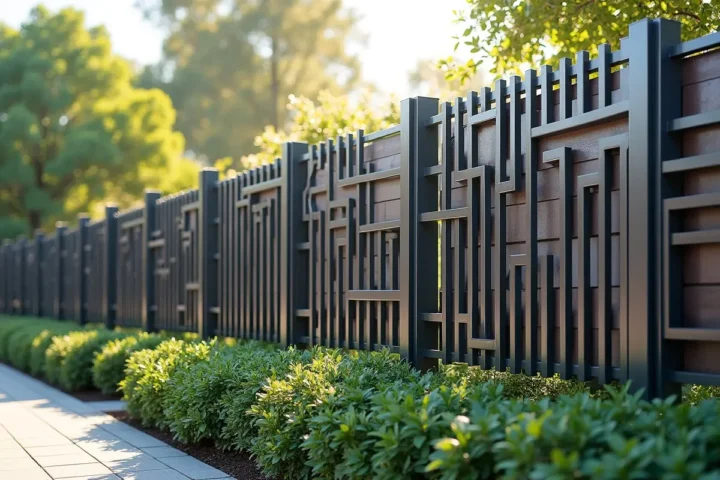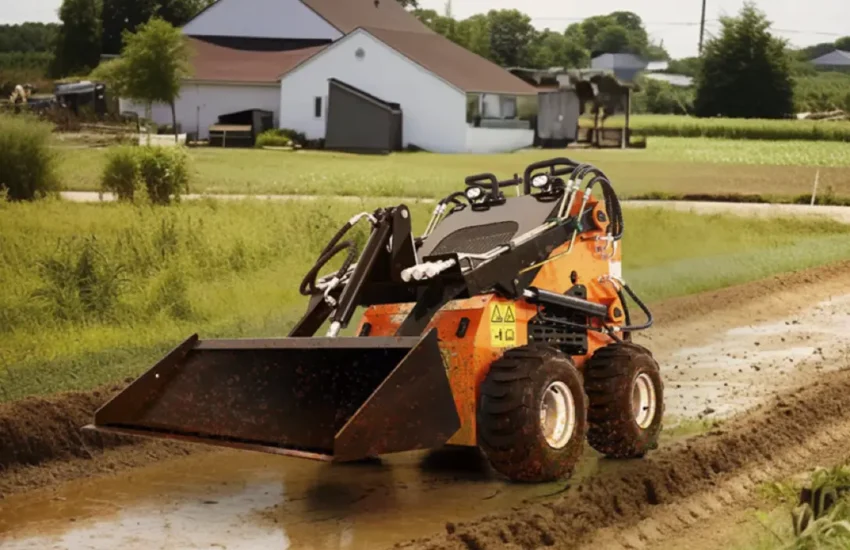5 Modern Fencing Designs That Ditch the Boring Basics
Fencing is no longer just about marking the edge of your property or keeping things in or out. It’s become part of the look and feel of your outdoor space. A plain timber fence might do the job, but if you’re after something that adds style as well as function, the basics just won’t cut it anymore.
So, what can you do instead of the usual slatted or paling fence? Plenty. Today’s modern fence designs mix materials, break the rules, and lean into creativity. Whether you’re after privacy, a visual feature, or something to frame your garden, there are options that bring fresh style without going over the top.
Let’s look at five standout ideas that take fencing up a notch.
1. Horizontal Timber Slats with Spacing

The classic vertical paling fence has been around forever. A horizontal version installed by experts like C & W Fencing instantly feels sleeker and contemporary. The clean lines give it a polished finish that works especially well with modern landscaping and newer builds.
The spacing between each board makes a difference. Leave small, even gaps to allow airflow and light through, or go tighter for more privacy. Wider spacing can create a more open, architectural look, especially when used in front gardens or entertaining areas.
This design suits just about any backdrop, from rendered walls to minimalist gardens. It’s simple, but it feels far more intentional than the standard setup.
2. Rendered Wall Base with Timber or Metal Feature
A fence doesn’t have to be one material all the way through. Combining textures can elevate the whole look, especially when done with contrast in mind.
Rendered masonry at the base creates a solid, grounded structure. It gives a sense of permanence and ties in well with modern homes. Add a feature material above—something like timber, aluminium or steel slats—to soften the overall feel and bring a lighter visual balance.
It’s also incredibly practical. The render handles the elements well, while the slatted or open design on top helps with ventilation and adds a more relaxed look.
This style works particularly well when paired with structured landscaping—think clipped hedges, concrete paths, and geometric planting.
3. Vertical Batten Screens
If clean lines and minimalism are your thing, vertical battens are worth considering. These can be made from timber, steel, or composite materials, and are usually spaced quite closely together.
The beauty of vertical battens lies in their ability to give privacy without feeling heavy. You can see movement behind them, but they still create a visual screen. They’re great for side boundaries or even within the yard itself to separate spaces without using a solid wall.
Depending on the material and finish, the look can lean industrial, Scandinavian, or coastal. Keep the colour tone in sync with your house or outdoor structures for cohesion.
4. Shadowbox Fencing
If you want a fence that looks good from both sides, shadowbox is a clever design. It’s built by alternating boards on either side of the central rail, with slight gaps between them. From the front or back, you get a more layered, three-dimensional look, and you don’t end up with a “bad side.”
It’s also a solid middle ground between full privacy and open fencing. You can still catch glimpses through it at certain angles, but it blocks most direct views.
While the concept isn’t new, modern versions often use cleaner cuts, consistent gaps, and high-quality finishes. Painted or stained timber gives it a more refined feel than raw, treated pine.
5. Mixed Material Patterns
Here’s where you can really get creative. Fencing doesn’t have to be a single panel repeated again and again. Breaking up the design with a pattern or contrast can completely shift the mood.
A few ideas to try:
- Alternating materials – Think timber next to metal, or slats mixed with solid panels
- Different slat widths – Narrow boards next to wider ones create rhythm and visual movement
- Asymmetry – Stagger the height or length of each section for a more dynamic finish
- Cut-outs or negative space – Use geometric shapes or laser-cut sections to add artistic flair
This type of design isn’t for everyone, and it needs to be done carefully. But when it’s executed well, it turns the fence into a statement piece instead of just a boundary.
One Last Thing to Think About
Whatever design you’re leaning toward, make sure it works with the rest of your outdoor space. A modern fence can be a bold move, but it should still feel connected to your home and landscape.
Consider the tones, materials, and level of privacy you need. Think about how much maintenance you’re prepared to handle. A stained timber fence might look great now, but it’ll need regular upkeep. Powder-coated metals or composite boards can offer a similar effect with far less hassle.
Also, keep your council or neighbourhood guidelines in mind; some areas have rules around height, materials, or even colours. It’s better to double-check than end up with a half-finished fence and a compliance issue.
At the end of the day, a fence should do more than just stand there. It can shape the feel of your outdoor space, define boundaries with intention, and add real visual value to your home. Skip the default designs and try something that brings a bit more edge to the table.


